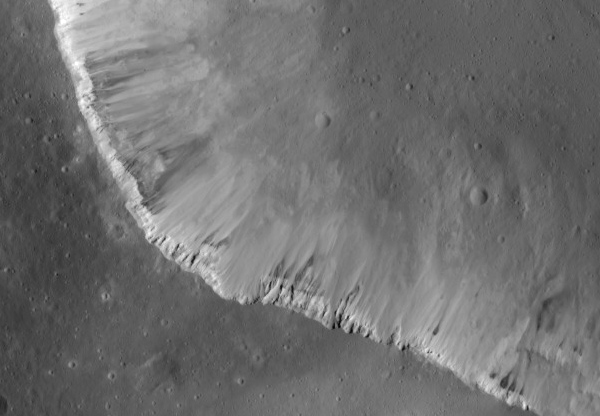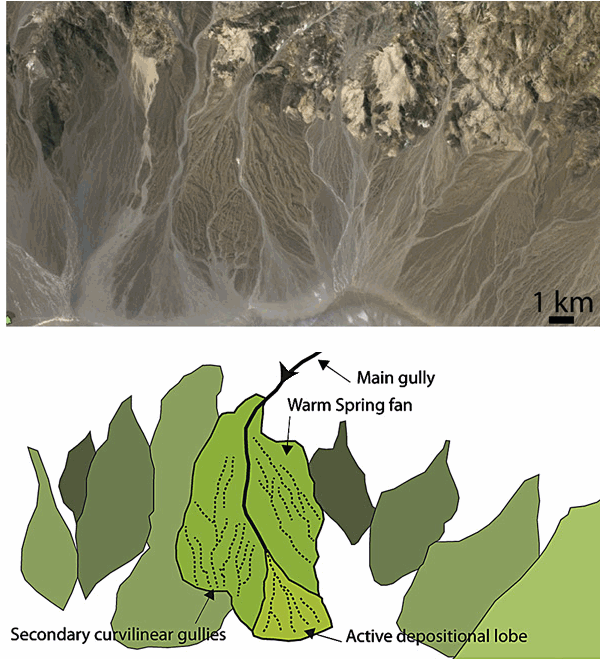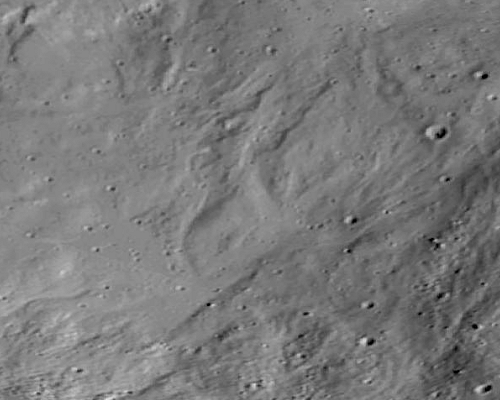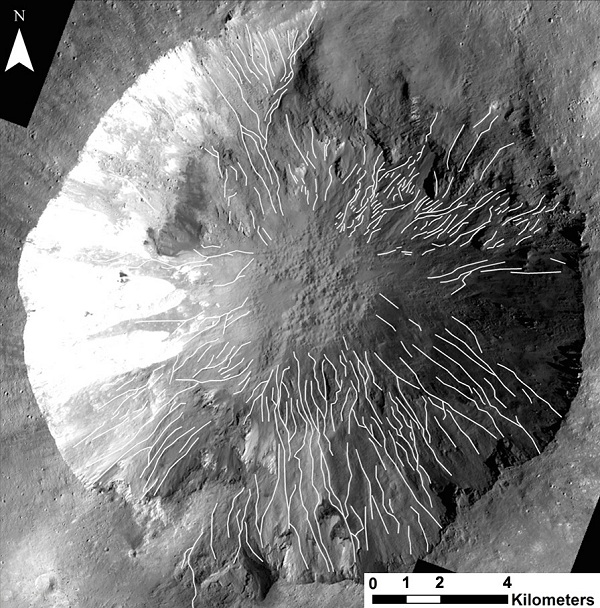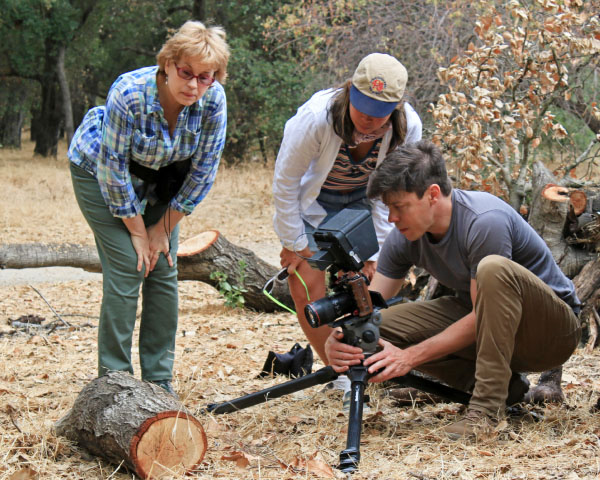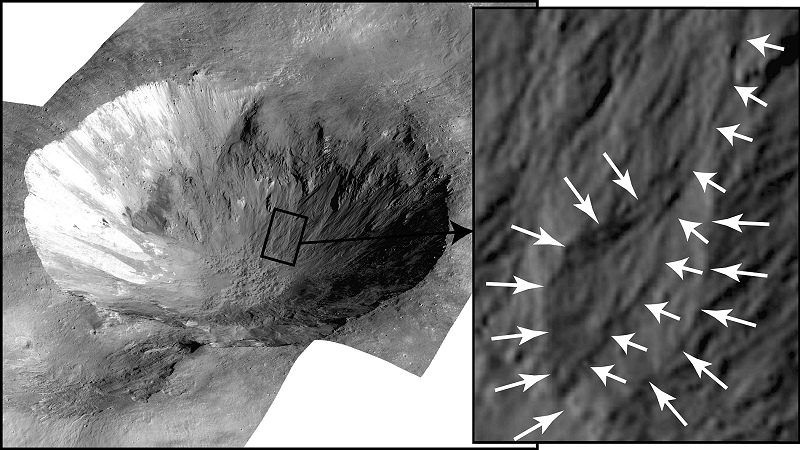
Vesta is a large asteroid that would just fit between San Francisco and Los Angeles. It’s a small world, but a surprisingly grown-up one in ways that geologists appreciate. Now photos made during the year-long visit of the Dawn spacecraft show strong evidence that Vesta contains water inside it.
Asteroids, common knowledge goes, are dry things made of rock and iron while comets are objects mostly made of ice and dust, and the two are completely unalike. But as our spacecraft have begun visiting comets and asteroids up close, the distinction between these objects has started to blur. In the case of the asteroids, we’ve been finding more and more evidence of water.
The idea of the dry asteroid is part of our old thinking. When astronomers discovered their first asteroids, starting in 1801, they thought of them as broken pieces of a former planet that once orbited between Mars and Jupiter. Any object left over from such a violent history would surely have lost everything delicate to the vacuum of space—water, gases, organic compounds, all the kinds of things we find in frozen comets.
In recent decades, with growing knowledge of the asteroids, Vesta has become more and more special. Unlike the thousands of other asteroids on the books, Vesta is an ancient protoplanet. When the solar system was forming from a cloud of dust, around 4.5 billion years ago, there were many protoplanets—objects that grew big enough and hot enough to melt inside and develop an internal structure just like a real planet, with an iron core, a dense rocky mantle around it and a thin crust of lighter rock.
The largest of these protoplanets gobbled up the others in collisions, and they grew into Earth and its sister planets Mercury, Venus and Mars. A few survived, but Vesta is the only protoplanet that wasn’t broken up during the 4 billion years since then (although it has taken a beating). The close visit by the Dawn spacecraft from 2011 to 2012 gave us a good look at the little world’s geology.
